



In ‘A Recipe for Gin’, we meet the people responsible for creating Scottish Gin recipes, providing a fascinating insight into the gin making process and the inspiration and challenges of bringing an idea for a gin to life.
Holyrood Distillery opened its doors to the public in the summer of 2019 and provides visitors with immersive Scottish spirits experiences covering whisky and Scottish Gin. A working distillery in Edinburgh, the distillery is currently in the full throws of distilling its new make spirit and filling casks, which will one day form its range of whiskies and like other distilleries, started off producing a range of Scottish Gins. Jack Mayo, Distillery Manager and Head Distiller, was responsible for helping shape the distillery layout and even helped design the gin still named ‘Ginnie Deans’, a character from a Sir Walter Scott novel, ‘The Heart of Midlothian’, who lived where the distillery is today. Jack was also part of the team responsible for the recipe development of the distillery’s four Scottish Gin expressions. We caught up with Jack to learn more about Holyrood Distillery’s ‘Auld Tam’ Scottish Gin, which is their take on the classic Old Tom.
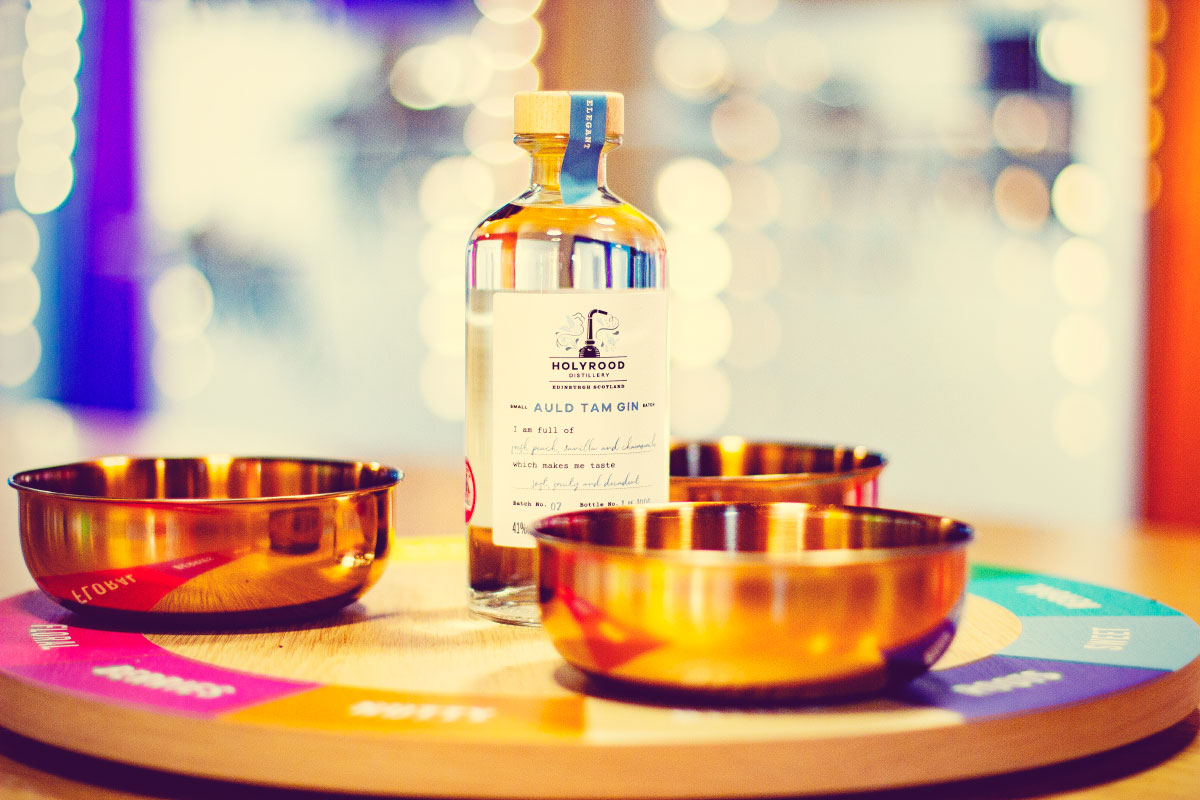

What inspired you to create this gin?
I undertook extensive research into historic gin recipes (“Old Tom”) for my Masters thesis back in 2014. The levels of adulteration involved was simply mind boggling – significant additions of sulphuric acid, alum, turpentine, molasses – you name it, it went in. What really piqued my interest was both why these were added (not always simply to eek out the product!), but also the ways in which the distillers attempted to mask these additions to make the gin physically potable. This led me down a path of investigation that has culminated with our “Auld Tam” gin – the crux lies in the “masking” nature of sugar – since at Holyrood we’re all about flavour, I wanted to create something that didn’t need to be sweetened (which would lead to flavour masking) and so I aimed to create something which was intrinsically soft and sweet on the palate.

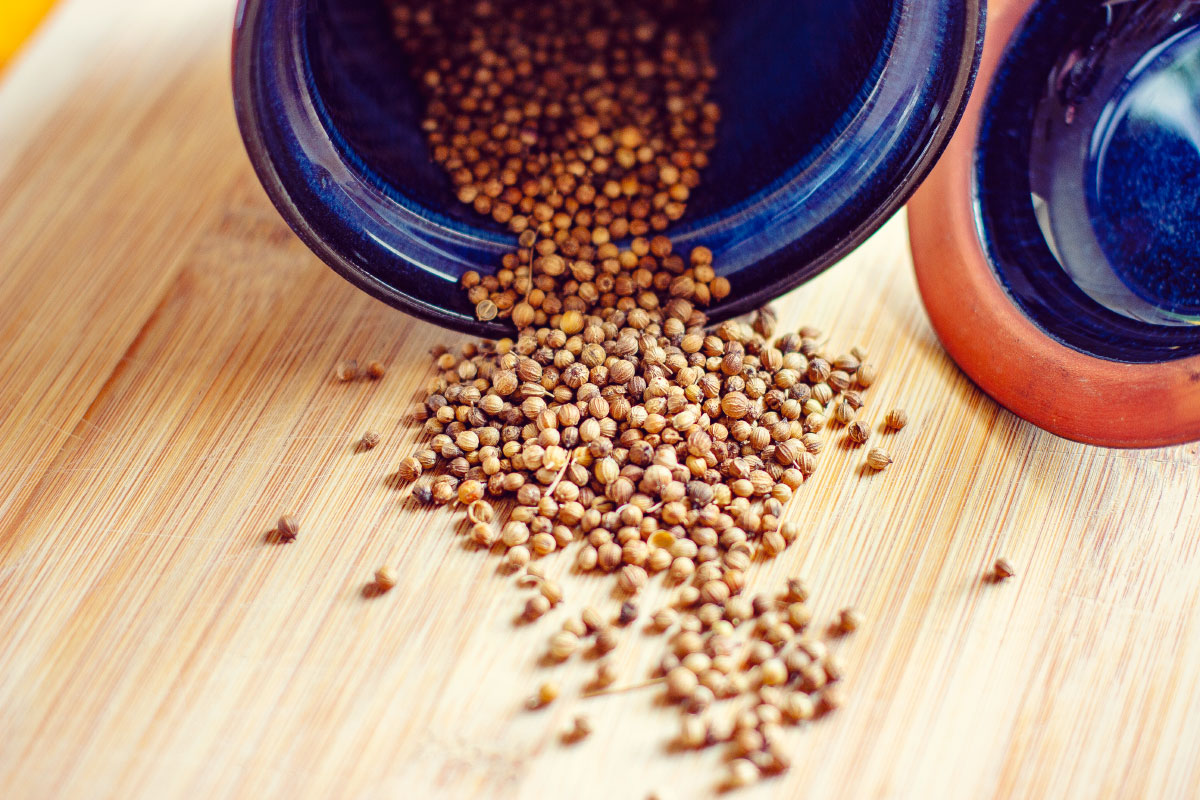
What are some of the key botanicals in your gin?
All of our gins are made with what we call the ‘holy trinity’ – Juniper (Italian), Coriander (Russian) and Angelica; I believe this trinity creates a solid foundation on which to add base and top notes – the key botanicals for this gin are split into ‘sweet’ and ‘soft’ – on the sweet side we have fresh peach and Madagascan vanilla pods (at eye-watering expense), while on the soft side we have a triad of florals: Neroli (Orange Blossom), German Chamomile (adding a sweet apple, slightly herbal note) and Jasmine Flowers – the key with all of these is paring back their additions – too much and the oils become overpowering, whereas if they’re used sparingly they can add a sweet, fruity, floral top note. Beyond this we use ‘functional’ ingredients which add in more structure to the gin; namely liquorice, orris root and milk thistle seed, which add sweetness, structure and mouthfeel respectively; again these must all be used modestly in order to not overpower the entire spirit.
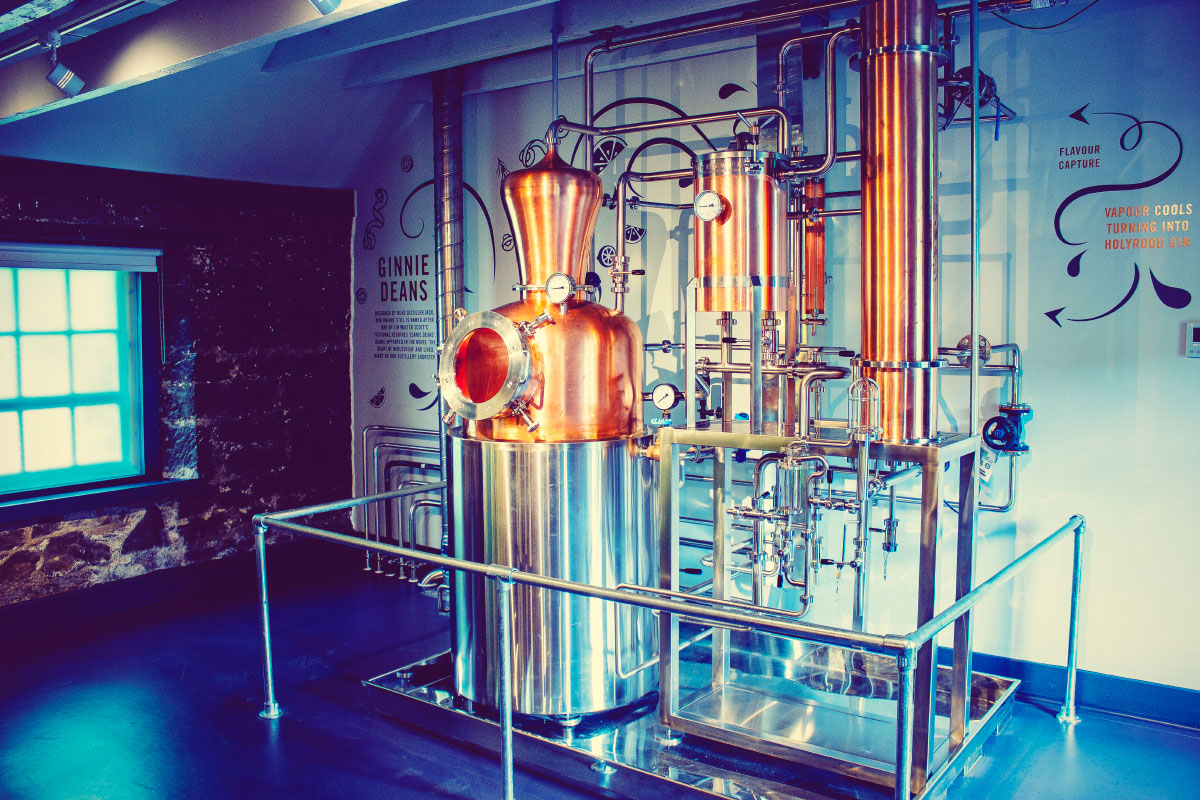
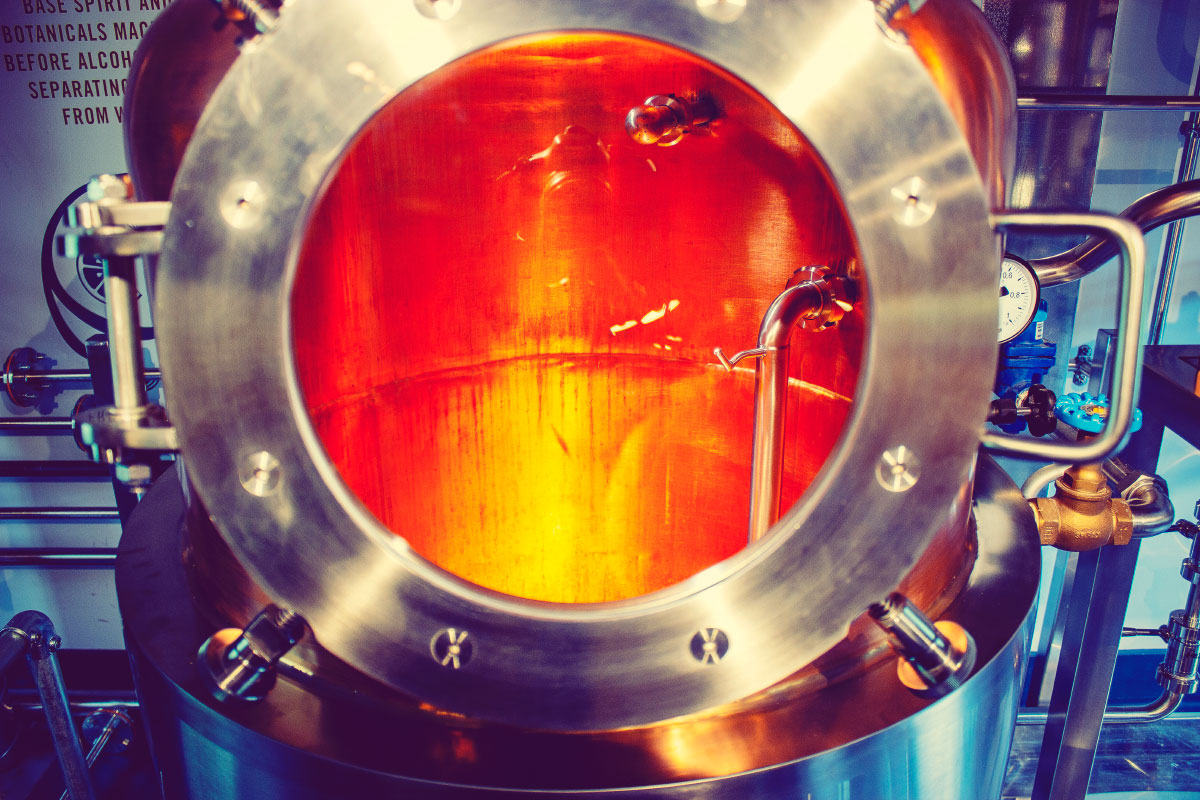
What’s the distillation process?
Unlike most other Old Tom gins, our Auld Tam is strictly a London-dry style – all flavour is delivered through distillation, and there is no added sugar, just intrinsically sweeter botanicals. All of the botanicals are pot distilled in our custom 250L pot still.
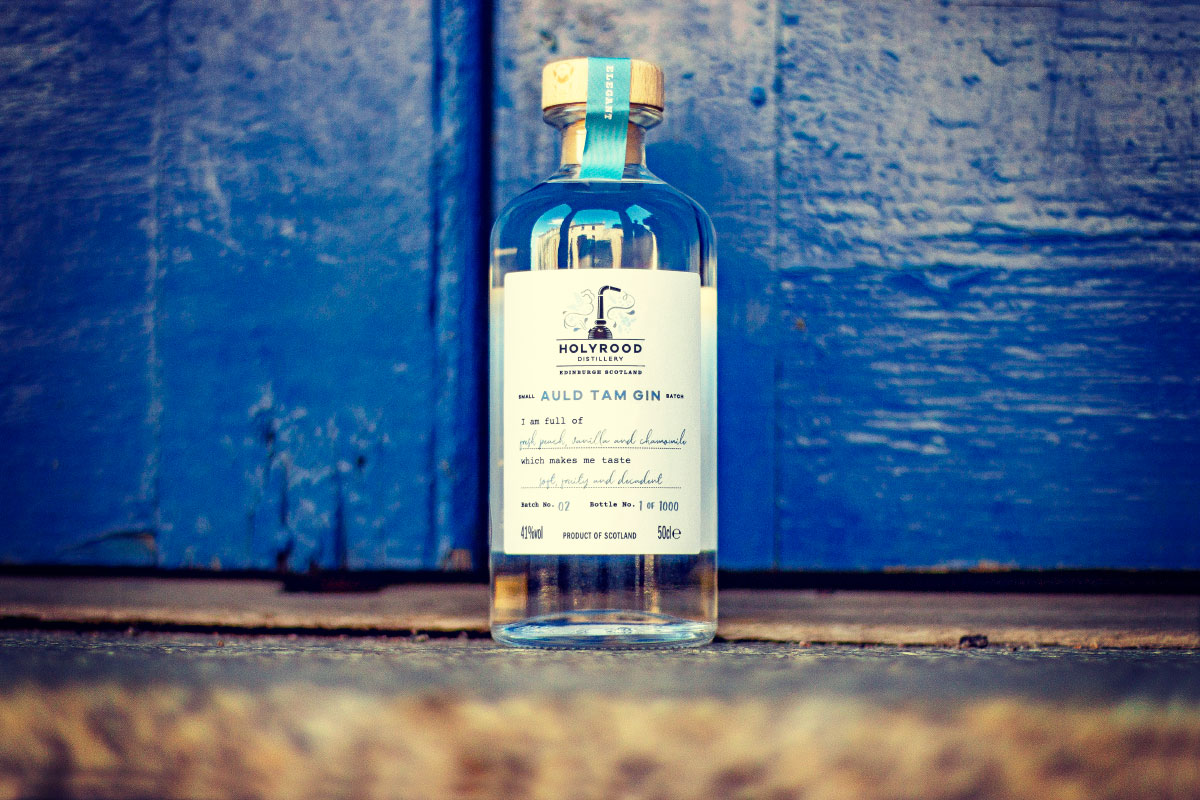
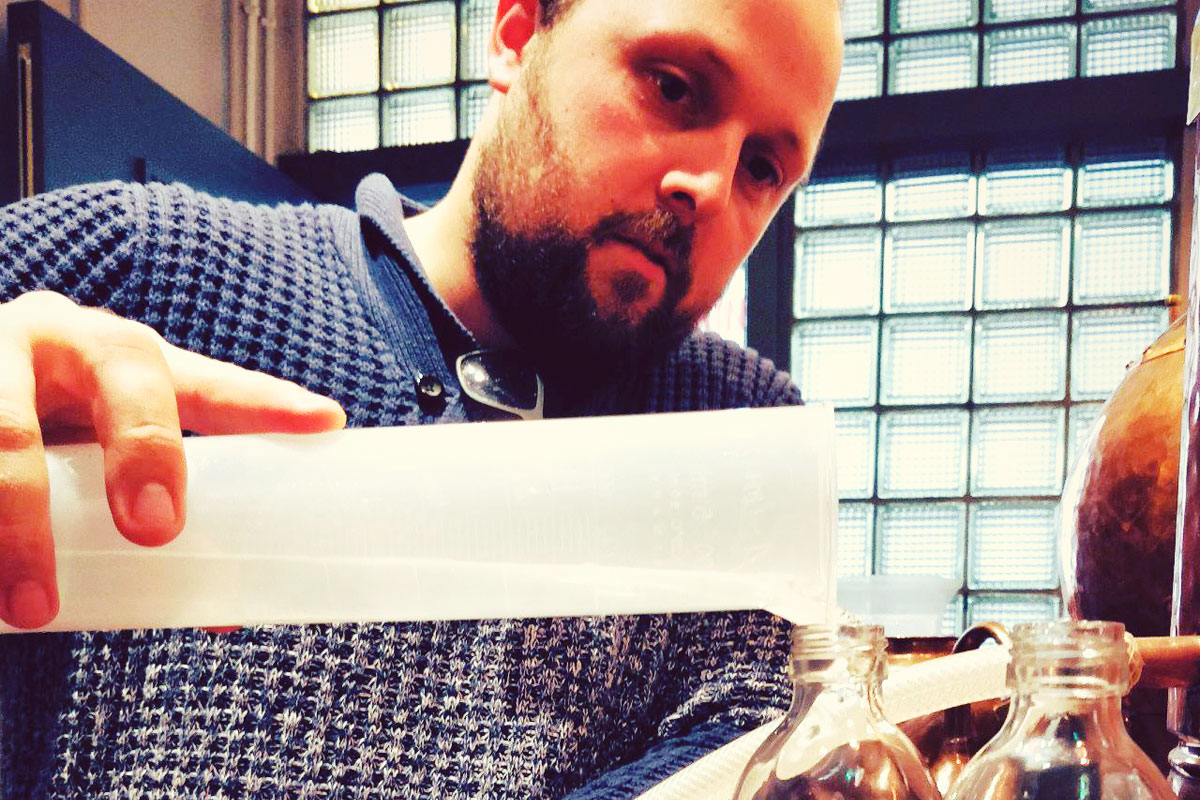
From start to finish how much time has gone into the creation of your gin recipe?
Well, 5 years from initial conception, but the entire liquid development wasn’t all that long, I’d already distilled each of the botanicals individually so had a decent handle on how’d they work together and in what quantities. If I recall there was only 3-4 iterations of this gin with minor tweaks.
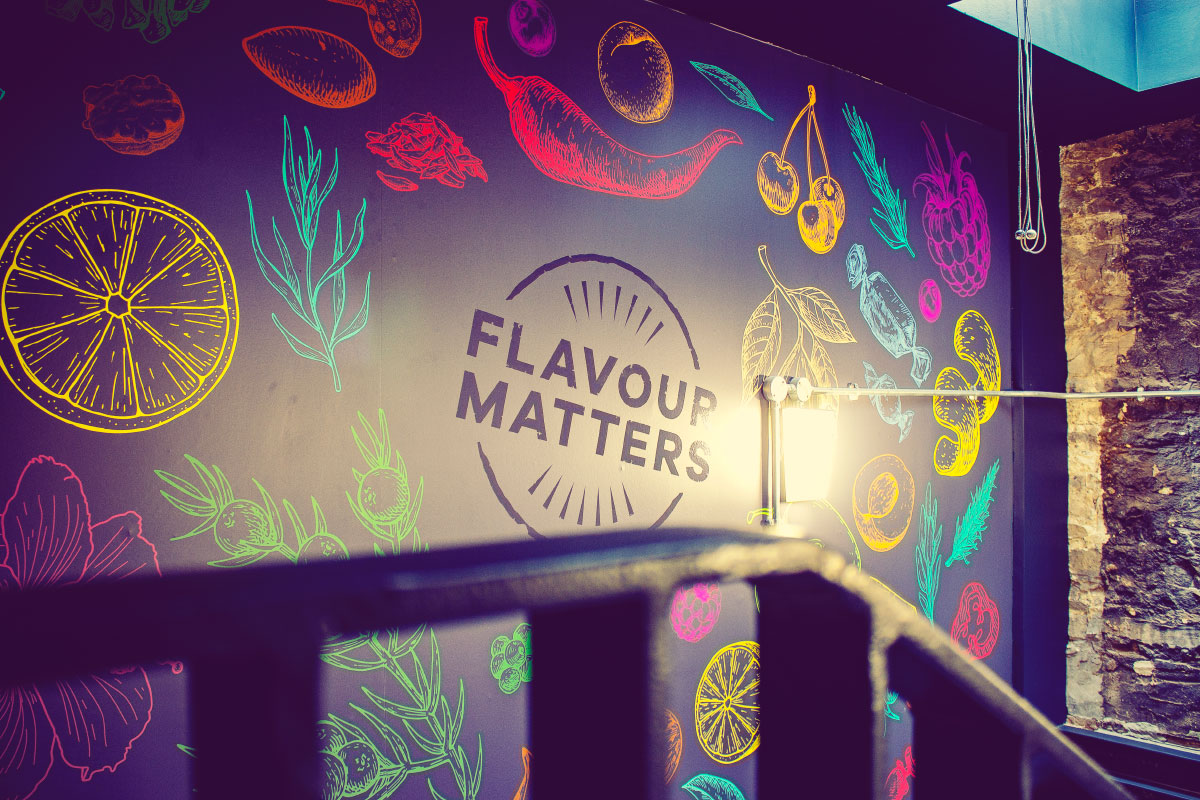

What were some of the biggest challenges you faced when creating your gin?
Sourcing quality, consistent, unsplit black vanilla pods at a price that isn’t eye-watering. The cost of vanilla has REALLY shot up in the last few years (they’re up around 400% over the price just 2 years ago, although the 2019 harvest has been better than 2018). Another challenge is relying on fresh fruit to deliver sweetness – fresh peaches are very seasonal, and have high moisture content, so a large quantity is needed to achieve the flavour that we’re looking for.
Can you describe the flavour profile?
The Holyrood Auld Tam gin is a soft, sweet, lightly floral and fruity gin, is dangerously smooth and perfect to drink neat or in a Tom Collins or Martinez.
You can learn more about Holyrood Distillery here.


You can learn more about the maker by clicking the links below.